Primarily interested in reproductive ecology of fish and all things lumpfish (C. lumpus).
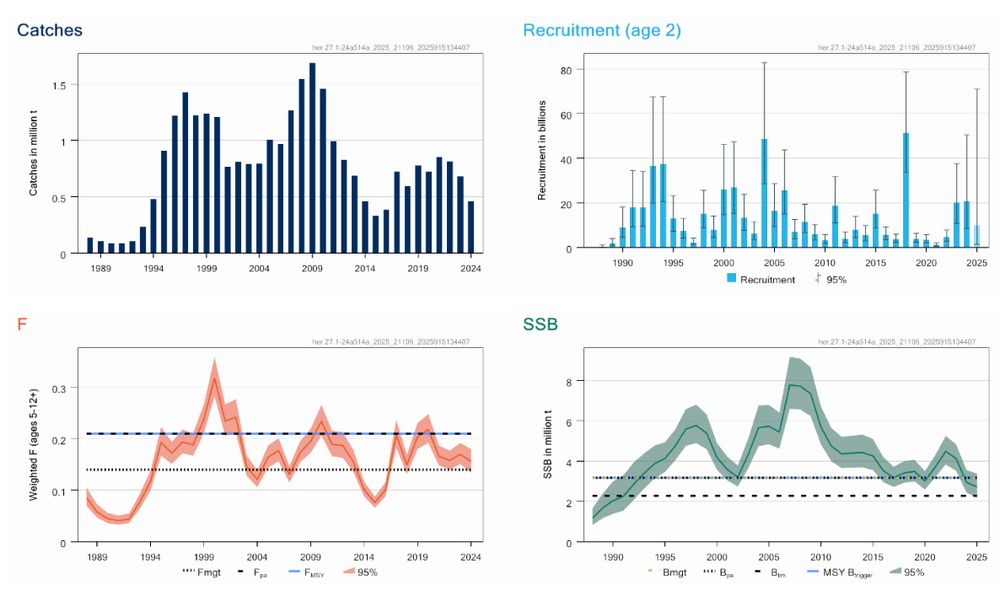

www.sciencedirect.com/science/arti...

www.sciencedirect.com/science/arti...
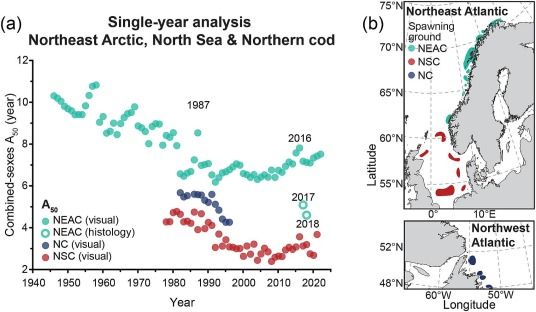
- Male do not mature until they are at least ~2.6 m
- Females do not mature until they are at least ~3.9 m
- It is estimated that they produce 200–324 pups per pregnancy
- new born pups are 35-45 cm
journals.plos.org/plosone/arti...
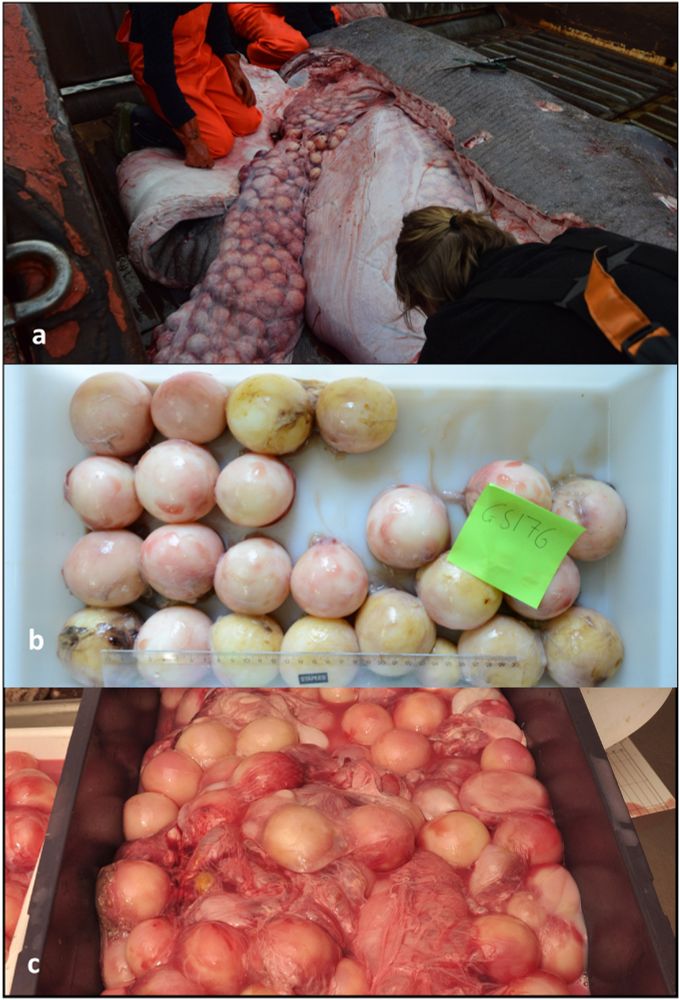
- Male do not mature until they are at least ~2.6 m
- Females do not mature until they are at least ~3.9 m
- It is estimated that they produce 200–324 pups per pregnancy
- new born pups are 35-45 cm
journals.plos.org/plosone/arti...
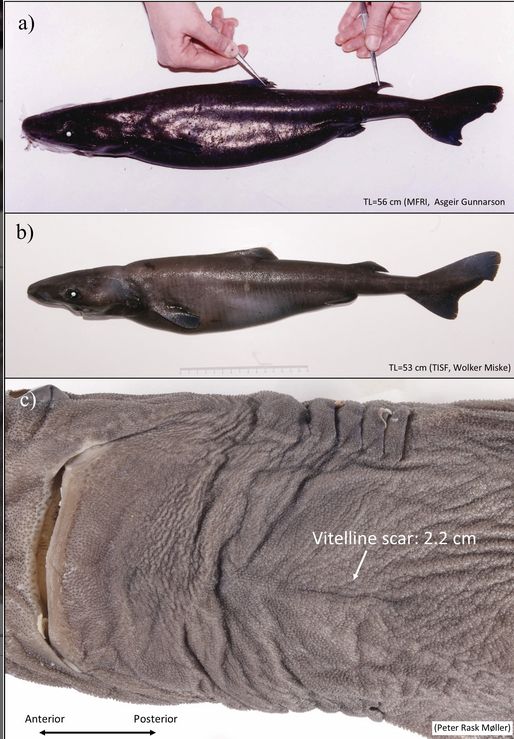
– males and subadult females found in cold arctic water
– adult females reside in warmer Atlantic water
– large juveniles are common both in high-Arctic and temperate areas
onlinelibrary.wiley.com/doi/10.1002/...
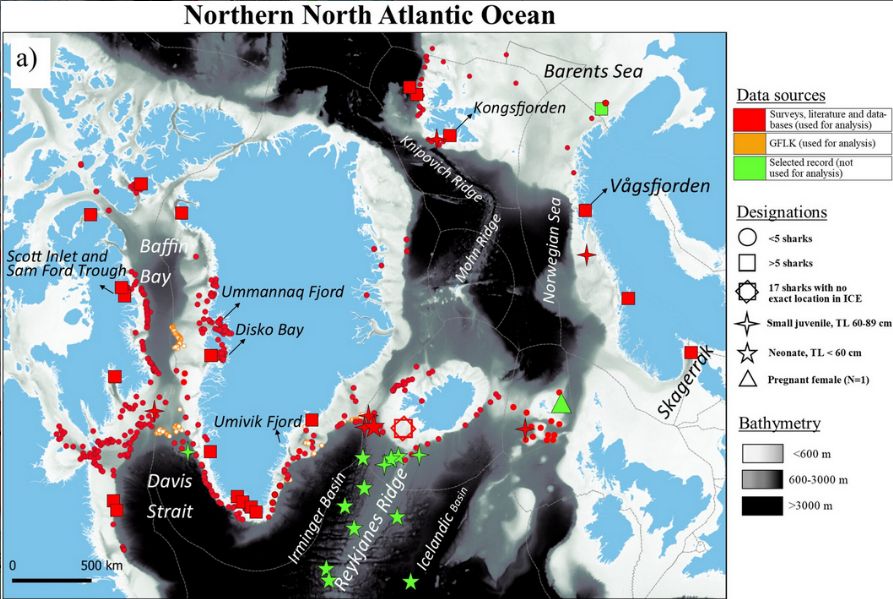
– males and subadult females found in cold arctic water
– adult females reside in warmer Atlantic water
– large juveniles are common both in high-Arctic and temperate areas
onlinelibrary.wiley.com/doi/10.1002/...
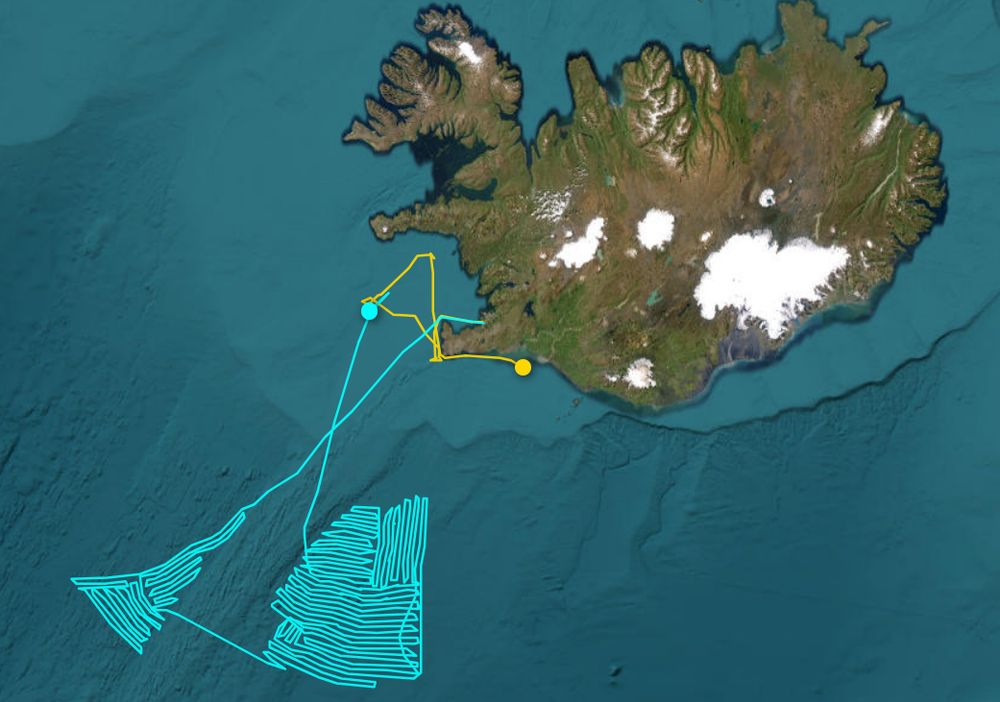

Red indicates an area where that lifestage was never caught in the history of the survey (2010-2023). (2/n)
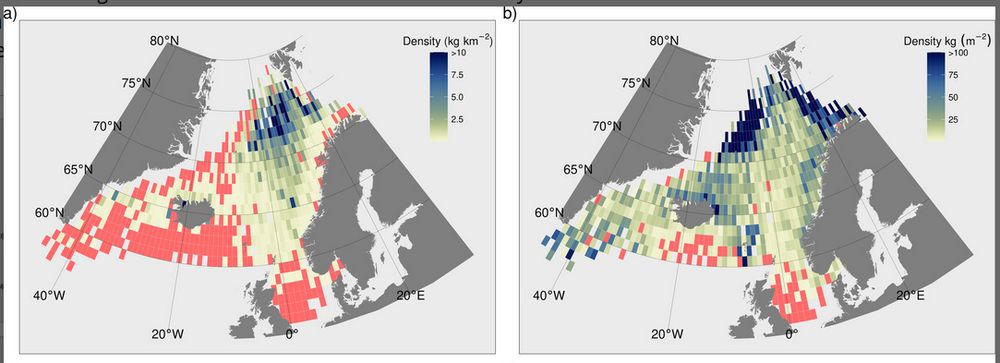
Red indicates an area where that lifestage was never caught in the history of the survey (2010-2023). (2/n)
New paper documenting the summer distribution of lumpfish doi.org/10.1111/fog..... (1/n)
@mfri.bsky.social

New paper documenting the summer distribution of lumpfish doi.org/10.1111/fog..... (1/n)
@mfri.bsky.social





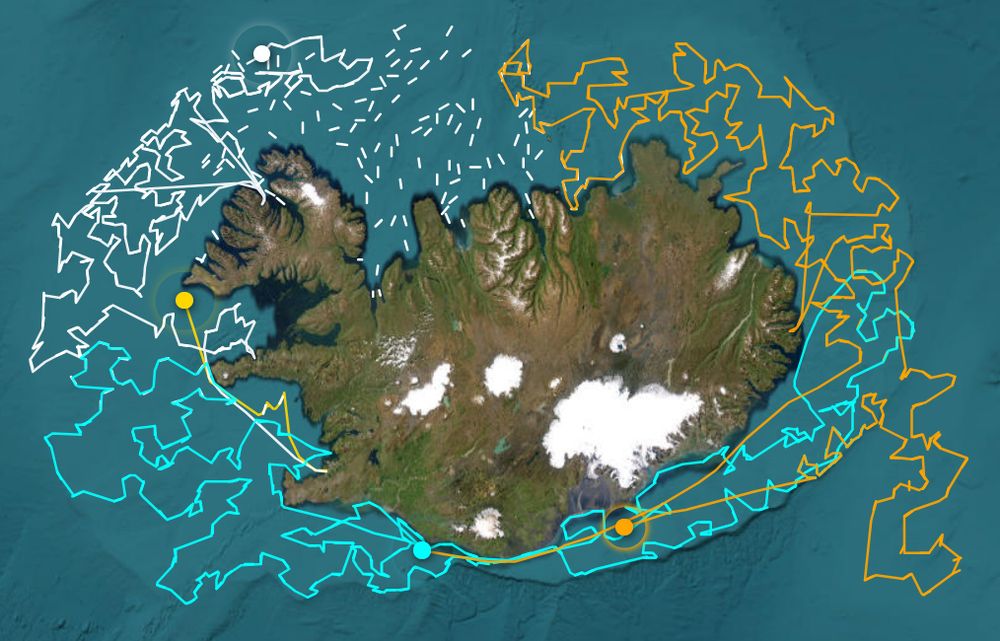
A limit on the number of fishing days in 2005 was implemented to limit catch and improve prices, but this led to an increase in CPUE.

A limit on the number of fishing days in 2005 was implemented to limit catch and improve prices, but this led to an increase in CPUE.








